Approach and delivery
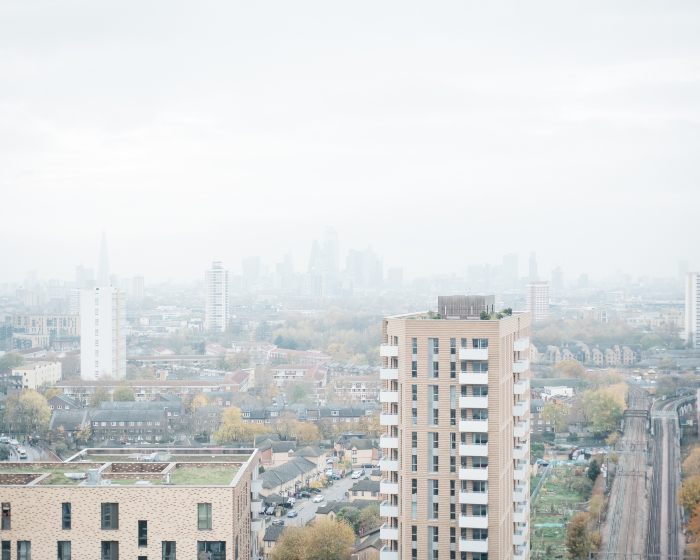
The council has identified the key role that regeneration will play in managing the borough’s growth and ensuring its benefits are shared equally.
Regeneration activities in Tower Hamlets involve the council going beyond ‘business as usual’ to work across council teams and with external partners to identify and deliver programmes of interventions.
They are based on robust analysis of the changes taking place in the borough and developed ideas on how best to respond to them for the benefit of local people.
Regeneration activities will focus on the three borough sub-areas where the majority of projected growth and most physical and social transformation will take place over the next 15 years:
- City Fringe
- Lower Lea Valley
- Isle of Dogs and South Poplar
This area-based approach will ensure that regeneration is sensitive to the local communities that are experiencing change, and that the council’s response reflects the actual needs of residents and businesses.
Delivering an ambitious vision
To deliver on the mayor’s vision for regeneration, the council has assembled a dedicated regeneration team.
It will work with services from across the council and external organisations to ensure better coordination and take advantage of opportunities to manage growth in the borough.
This will involve working with a range of partners, including the Greater London Authority, Transport for London, registered housing providers, and community and voluntary groups across a range of issues.
The regeneration team are also committed to involving borough residents as much as possible in contributing to the changes that matter to them.
A series of eight 'regeneration outcomes' have been developed to align regeneration work with the council’s existing priorities, plans and strategies.
A series of eight 'regeneration outcomes' have been developed to align regeneration work with the council’s existing priorities, plans and strategies. This includes delivering the Strategic Plan, the Mayor’s Pledges, the council’s response to COVID-19 and other documents including the Local Plan.
Outcome 1: Infrastructure and placemaking
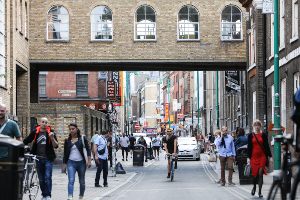
New development is designed to promote inclusivity and enhance quality of place. It is matched by timely delivery of social, transport and services infrastructure in order to support sustainable growth.
Outcome 2: Reducing inequalities and enhancing wellbeing
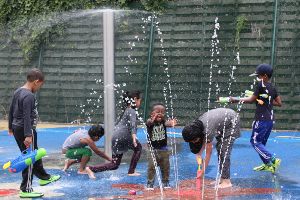
Health and other inequalities between people from different communities and areas are reduced, and air quality improved.
Outcome 3: Making communities safer and more cohesive
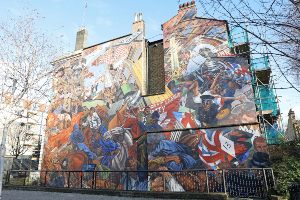
Communities are safer and more cohesive through ensuring the accessibility of spaces, places and facilities; enabling community participation & strong relationships and promoting culture and leisure opportunities.
Outcome 4: Public realm and the environment
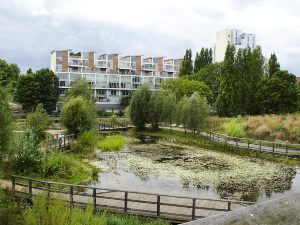
The local environment is improved – cleaner and more attractive streets, open and green spaces.
Outcome 5: Affordable housing
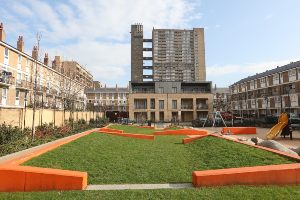
More high quality, affordable housing which meets the needs of residents is provided.
Outcome 6: Employment
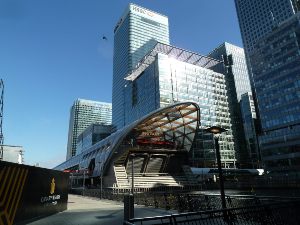
More local people are in work and progressing to better paid employment.
Outcome 7: Enterprise
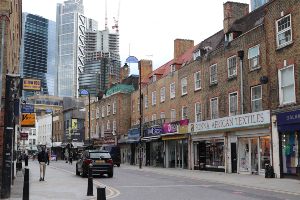
Locally owned businesses and those that employ local people are starting, growing and staying in the borough.
Outcome 8: Town centres and markets
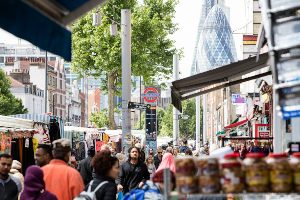
Well-functioning town centres and markets provide existing and new residents with access to a range of local shops, services, leisure and community facilities that meet their needs.